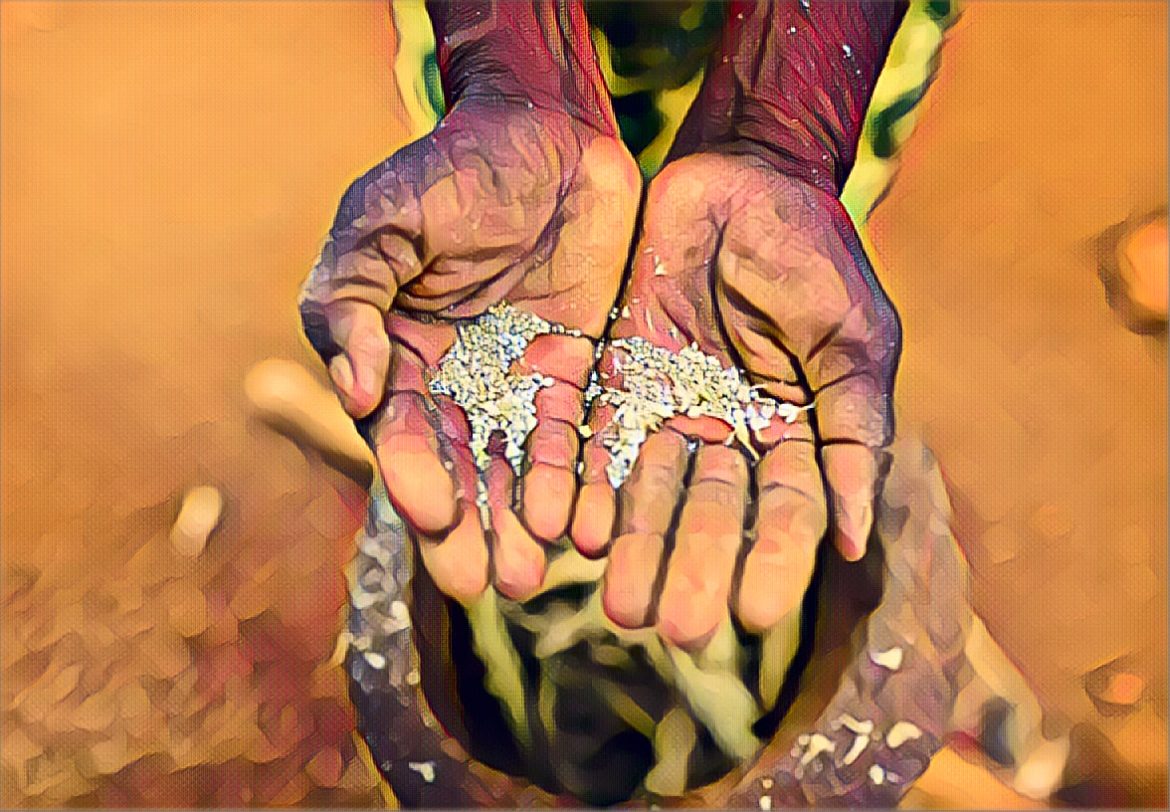Amidst Zimbabwe’s climatic and economic challenges, there looms a deepening crisis of food insecurity, exacerbated by an unexpected halt to the rainy season and consequent below-normal agricultural yields. The United States Agency for International Development’s food security branch, FewsNet, has raised alarms over the potential exacerbation of hardships for households reliant on market purchases for their sustenance. This situation is worsened by Zimbabwe’s persistent macroeconomic struggles, which are anticipated to magnify the adverse impacts of these poor harvests throughout the post-harvest period.
A significant factor contributing to this crisis is the early termination of the rainy season in mid-January, which has not only hampered crop production but also driven up food and commodity prices while restricting market access. This predicament is underscored by an El Niño-induced phenomenon, characterized by heightened temperatures and diminished rainfall from November to April across southern Africa. This climatic anomaly has severely impacted agriculture, leading to water scarcity, food shortages, and heightened disease risk.
The repercussions of these climatic events are manifest in the inflation of staple grain prices, driven by increasing demand and scarcity. FewsNet’s observations reveal a sustained and significant surge in maize grain prices, which continue to climb, underscoring the urgency for enhanced food assistance. Indeed, the World Food Programme recently estimated that approximately 5.4 million Zimbabweans are grappling with hunger amid these escalating economic and environmental challenges.
The depreciation of Zimbabwe’s local currency against the US dollar further compounds these difficulties. A dramatic inflation in the cost of basic commodities, exemplified by the soaring price of bread, illustrates the profound impact of currency volatility on everyday life. The continuous decline in the Zimdollar’s value has not only made essential goods less accessible but has also inflated prices in USD terms due to increased production and transportation costs.
FewsNet has projected a grim outlook, indicating that the combined effects of below-average rainfall, poor macroeconomic conditions, and the aftermath of subpar harvests in previous years will necessitate substantial food assistance for over 20 million people across the region during the lean season’s peak. The agency emphasizes the need for governments, donors, and humanitarian partners to prepare for these elevated demands through early 2025, particularly in areas most vulnerable to rainfall deficits.
Despite these dire forecasts, Zimbabwe’s President Emmerson Mnangagwa has reassured the nation of the government’s preparedness to avert a hunger crisis, attributing confidence to measures aimed at ensuring food availability for all communities. This optimism, however, sits in stark contrast to the harsh realities on the ground, where communities are already facing the severe effects of one of the driest years in recent history.
Moreover, the country’s economic landscape presents additional challenges, with Zimbabwe reportedly experiencing the world’s highest inflation rate, as indicated by economist Steve Hanke. Such economic turmoil, coupled with the anticipated introduction of a new currency, underscores the complexity of the crisis at hand.
In conclusion, Zimbabwe’s current food insecurity crisis is a multifaceted issue rooted in both environmental and economic adversities. The early cessation of the rainy season, coupled with macroeconomic instability and currency devaluation, has significantly exacerbated the vulnerability of many households. As the country navigates these challenges, the call for a concerted effort from the government, international partners, and the community at large to mitigate the impact on the most affected populations becomes ever more pressing. The situation demands not just immediate relief efforts but also long-term strategies to enhance resilience against similar future crises.
Source: Newsday


